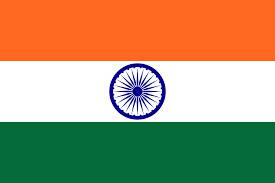Ireland

The Irish tricolor flag was first introduced in 1848 by Thomas Francis Meagher. However, it wasn't until the Easter Rising of 1916 that it gained prominence as a symbol of Irish independence. Following Ireland's proclamation as a republic in 1949, the flag was officially adopted on September 21, 1956. Since then, it has served as the national flag of Ireland, flying proudly over government buildings and representing the nation at international events and diplomatic functions.






